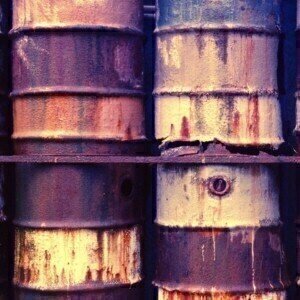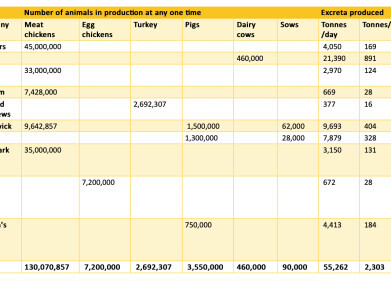Waste Management
Waste barrels trigger contamination concerns
Dec 31 2012
Barrels of waste have been found in St. Louis County, Missouri, decades after a cleanup toxic waste effort by the US Environmental Protection Agency (EPA).
The findings raise fresh concerns about contaminated land in an area once belonging to Russell Bliss, and his driver Grover Callahan.
According to the St. Louis Post-Dispatch, Mr Bliss was a notorious polluter and waste dumped on his land and the bordering properties prompted a huge cleanup operation in the early 1980s.
Mr Bliss was found to have sprayed oil containing dioxin – a chemical belonging to a group known as the dirty dozen and known to increase the likelihood of cancer – across the roads bordering his property to keep down the dust.
This prompted an investigation which found thousands of barrels of pollutants, including dioxin, on land belonging to Mr Bliss and Mr Callahan, as well as a number of open pits containing chemicals known to cause long-term health problems.
The presence of dioxin on all of the Times Beach roads led to the evacuation and subsequent demolition of the town. It is thought to be one of the biggest civilian exposures to dioxin in US history.
At the time the EPA spent $6.4 million to decontaminate the site, but the contamination and evacuation cost the US government closer to $110 million.
The emergence of three barrels containing paint waste on land belonging to the late Mr Callahan has reignited these concerns.
In early December, the EPA removed the barrels and 1,500 cubic yards of soil surrounding them.
“They screwed up,” resident Dan Topik, who lives near the Callahan property, told the newspaper.
However, other residents said the EPA should not be criticised for erring on the side of caution for removing barrels of waste when the land is at no risk of contamination.
This was echoed by Chris Whitley, a spokesman for the EPA, who told the source the barrels show no evidence of having contaminated groundwater and suggested had they not been on the notorious site, the EPA would have left them where they were.
Posted by Lauren Steadman
Events
May 05 2024 Seville, Spain
May 13 2024 Munich, Germany
May 23 2024 Beijing, China
May 23 2024 Beijing, China
Jun 10 2024 Algiers, Algeria













